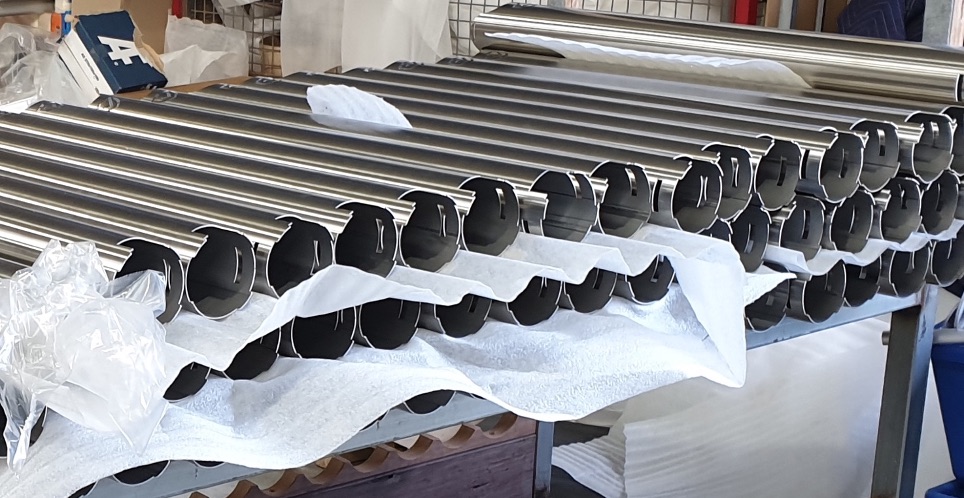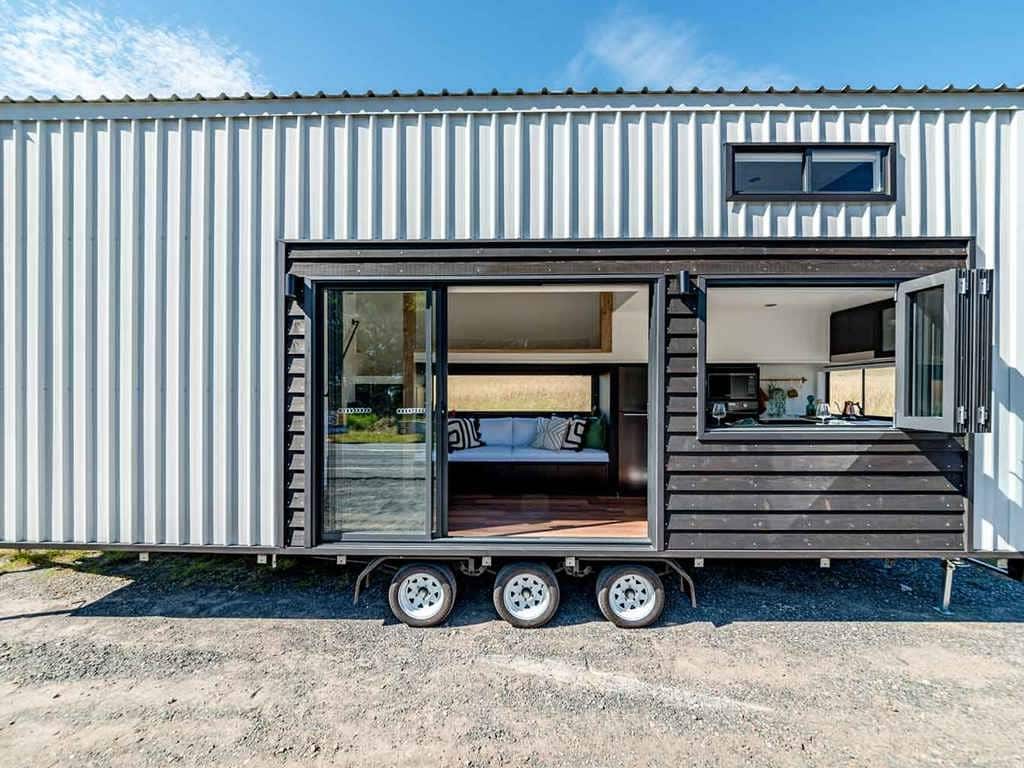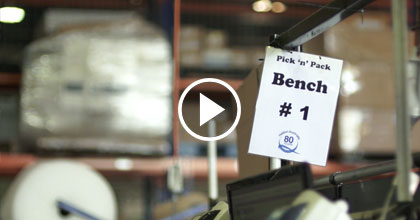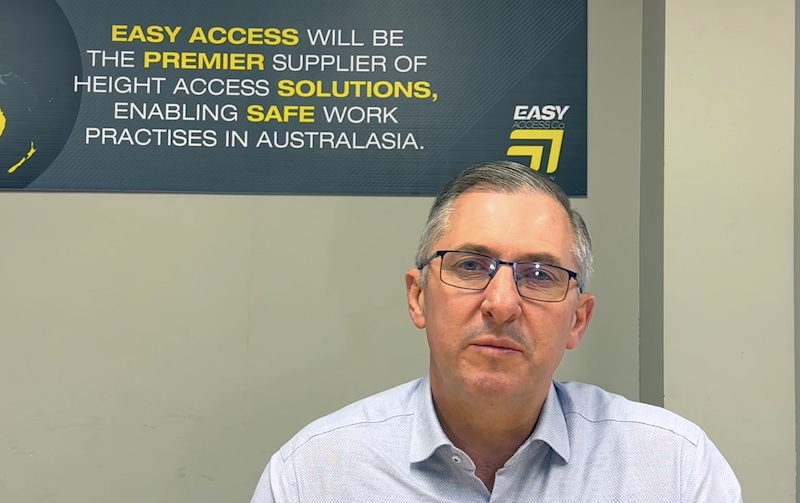How to: Improve Your Factory on the Cheap
At TXM we venture into factories and workshops across the globe. It always fascinates me when senior management are talking about a new machine to “increase capacity” of the factory when there is SO much opportunity to improve the business’s output without the capital expense. Here we will look at three simple ways to improve your factory capacity, without the need for capital expenditure.
Reducing Setup Time
The time it takes from the end of one production run to the next good part off that line or machine is the “setup time” and it’s the hidden capacity in many pieces of equipment. TXM can offer focussed workshops to reduce this setup time. Firstly it needs to be identified and measured, next we work with the operators to understand the process and different types of setup and then we streamline the process using a range of Lean tools, including good housekeeping through 5S.

Reducing Machine Downtime
A machine not running at all because it’s broken is a sure way to bleed capacity. Understanding maintenance requirements on every piece of equipment you have is essential to reducing breakdowns. Then maintenance tasks can be broken down into major tasks and minor tasks; include the minor tasks into the weekly schedule of each operators. This is known as Total Productive Maintenance (TPM).
Improving Quality

Throwing away bad product is a complete waste of the time and energy your team has put into the product in the first place. Improving overall quality by ensuring expectations are understood and the operators are capable of producing the needed quality are the first steps to take.
Conclusion
And as a final note, although it isn’t a “cheap” alternative adding an afternoon or night-shift can be a HUGE step up for many reasons, but often it will be a better investment than buying new equipment. As an in-between step, you can split shifts to have people start earlier or finish later, or run 12 hour shifts.
While these can be challenging to manage on many levels, it is still an alternative to consider in parallel to your capital justification. We have provided a range of aspects to consider before you launch into your next capital equipment expenditure; all they take are some time to understand what is really going on in your factory.





